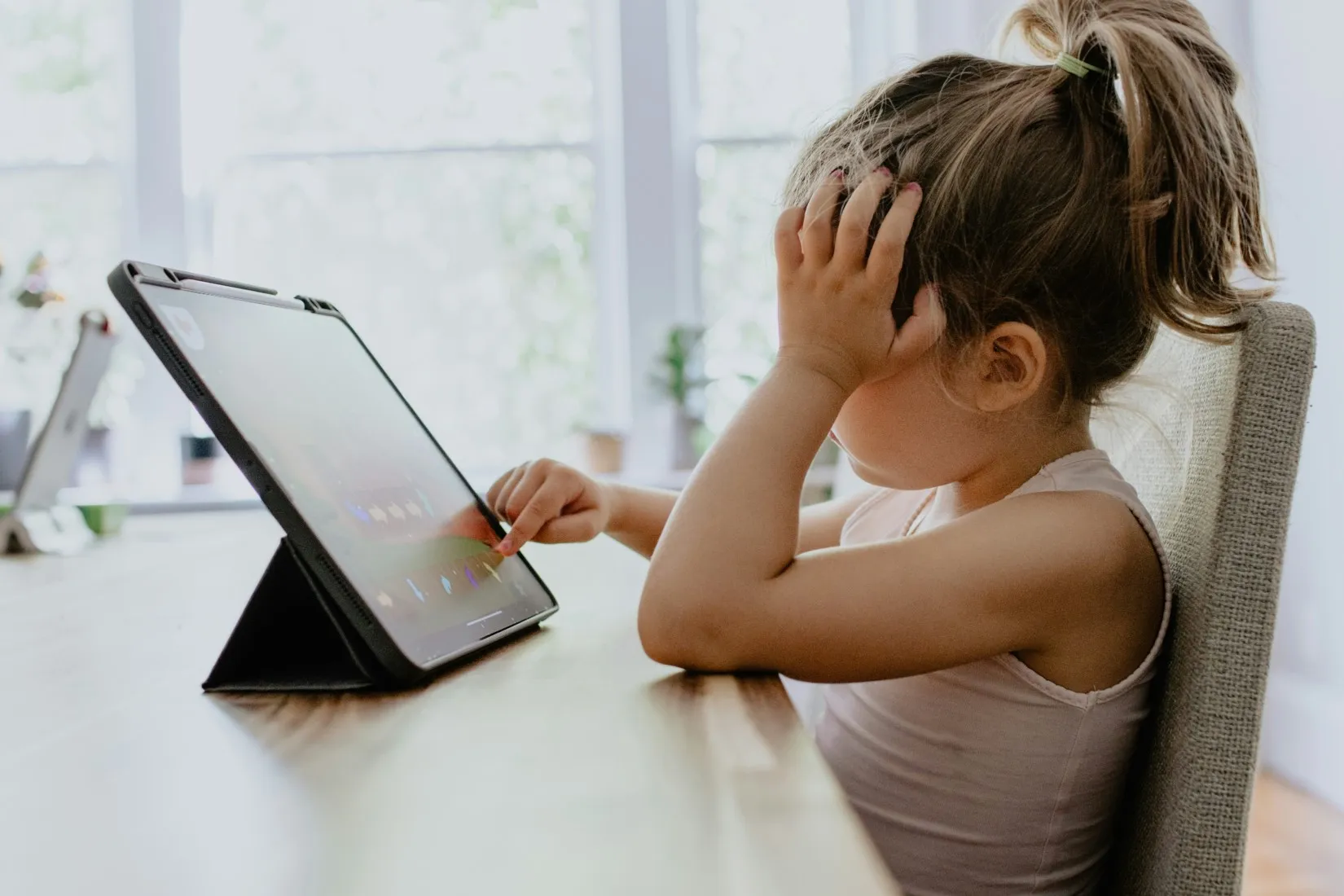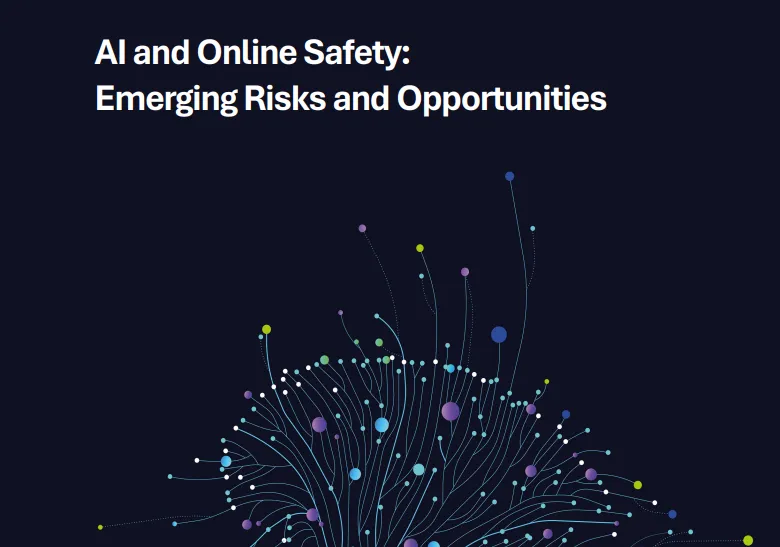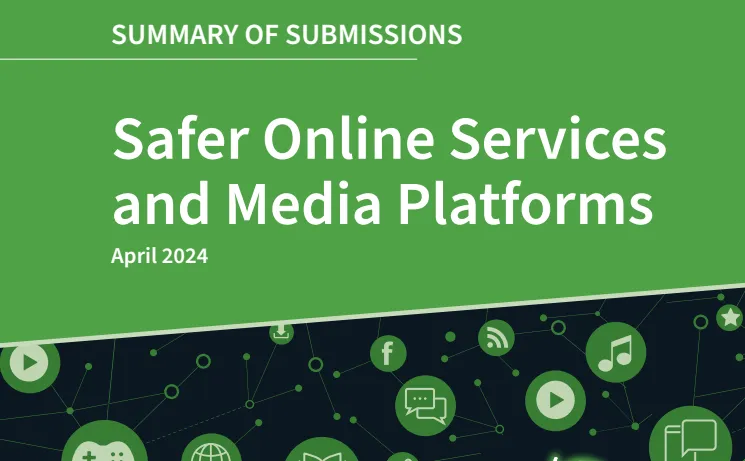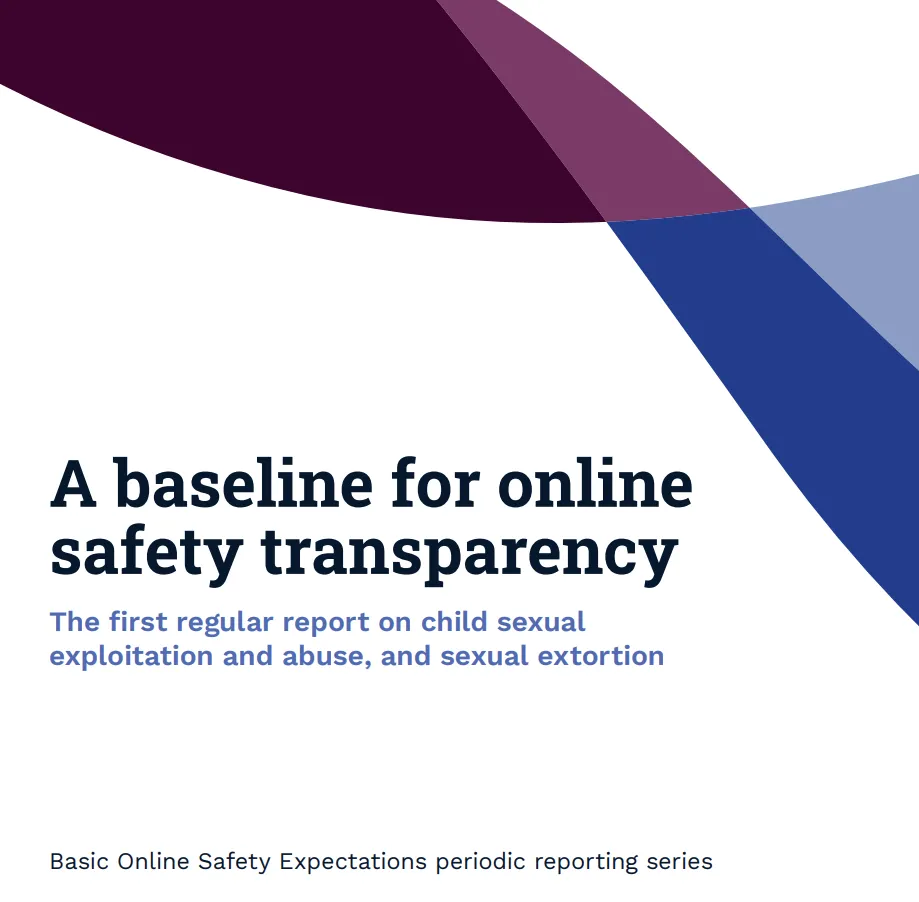Public submissions open for inquiry into the harm young New Zealanders encounter online
11
July
2025


Public submissions open for inquiry into the harm young New Zealanders encounter online
The Education and Workforce Committee has opened an inquiry into the harm young New Zealanders encounter online, and the roles that Government, business, and society should play in addressing those harms.
They are now inviting public submissions, which close on Wednesday, 30 July 2025.
Deputy Chair, Carl Bates, says:
“We are interested in hearing about individuals’ experiences as young internet users, and as the parents and carers of young New Zealanders. The committee is also keen to receive submissions from organisations and experts, particularly in the fields of education, health, and technology.”
The Select Committee intends to hold invitation-only hearings in August and will report to the House of Representatives on its findings.
Research and resources to support submissions
Te Mana Whakaatu | Classifications Office’s 2025 consultation report, Content that crosses the line: conversations with young people about extremely harmful content online, draws on conversations with ten groups of young people across Aotearoa who had been exposed to extremely harmful material. They shared:
- personal experiences of seeing extremely harmful material;
- how exposure to harmful content is often unintentional, appearing in social media feeds, chat groups, or shared directly by others;
- a range of impacts experienced as a result of being exposed to extremely harmful material; and,
- the lack of support available to them upon being exposed to harmful content.
The Australian eSafety Commissioner released a 2025 report called Digital use and risk: online platform engagement among children aged 10 to 15, as part of a series that presents findings from eSafety's Keeping Kids Safe Onliens survey. It found that exposure to online harms was common across digital platforms including social media, communcation, and gaming.
Increased threat of online sextortion against young people by adults
Since 2019, Netsafe has experienced an 88% increase in sextortion reports.
Auckland Sexual Abuse HELP Foundation executive director and clinical psychologist Kathryn McPhillips said victims of sextortion often dealt with self-blame or feelings of being violated and could lead to a person withdrawing from their friends or family.
“Certainly, we’re seeing this as a growing issue. We see it as a form of sexual abuse, and the feelings are very similar: that sense of exposure, having your control taken away from you, that panic… Young people can feel like they’re dealing with this completely alone.”
Internet safety groups recently spoke with RNZ’s Morning Report about the need for robust regulation of social media platforms to target content exploiting children, including enforcement mechanisms.
Child Alert survivor engagement deputy director Synteche Collins told SunLive that it was not currently mandatory for internet service providers (ISPs) in New Zealand to opt-in to digital child sexual abuse material (CSAM) reporting schemes.
“Digital child sexual exploitation filtering system that still relies on the ISPs opting in is not compulsory. “We have to advocate for them to see the value in making them report and take down CSAM content.”
Role of AI in perpetuating child sexual abuse online
Reports on AI-generated child sexual abuse are on the rise worldwide, with material becoming “significantly more realistic” according to the UK-based Internet Watch Foundation (IWF). Their annual report details record levels of webpages hosting any kind of child sexual abuse imagery in 2024, and that AI-generated imagery is increasingly appearing on the open internet and not just on the “dark web”.
Netsafe chief online safety officer Sean Lyons told the NZ Herald that AI deepfake images were having a significant impact on sextortion because criminals could now produce photorealistic sexual content of a victim for the purpose of blackmail.
“We used to think if you never made an image like that or sat in front of a webcam and recorded an intimate sexual act, then that content could never be used against you. If you knew those images didn’t exist, that threat became meaningless... AI changes that.”
An article from Glasgow Caledonian University provides an overview of associated legal challenges: Legal challenges in tackling AI-generated CSAM across the UK, USA, Canada, Australia and New Zealand: Who is accountable according to the law?
For further discussion on AI and online safety in an Aotearoa-specific context, see Netsafe’s report: AI and Online Safety: Emerging Risks and Opportunities.
Related News
Proposed social media ban for under-16s
National MP backbencher Catherine Wedd has proposed a private member’s bill known as the Social Media Age-Appropriate Users Bill. It has not yet been drawn from the biscuit tin, but prime minister Christopher Luxon recently announced support for the legislation on X. The Bill aims to address violence young people experience online by requiring social media platforms to take “all reasonable steps” to prevent under-16s from creating accounts. This follows similar legislation recently passed in Australia.
Alex Beattie, a lecturer in media and communications at Te Herenga Waka | Victoria University of Wellington, has summarised a range of weaknesses of an outright ban on social media on The Conversation. He argues that marginalised young people in particular use social media to find support and community.
16-year-old Lola Fisher, Generation Z Aotearoa's co-executive director and co-founder, spoke to RNZ’s Checkpoint about the importance of including youth voices in discussions about social media:
“Young people are the future, and we are going to inherit all these decisions that are being made, so why not discuss them with us now and often you will find that young people will have solutions for the problems that you are putting forward".
A group of academics and mental health professionals working in youth mental health at Waipapa Taumata Rau | University of Auckland published commentary that social media contributes positively and negatively to young people’s mental health. They caution that the negative effects, however, are often overstated and banning under-16s outright cannot address the issue with enough nuance.











